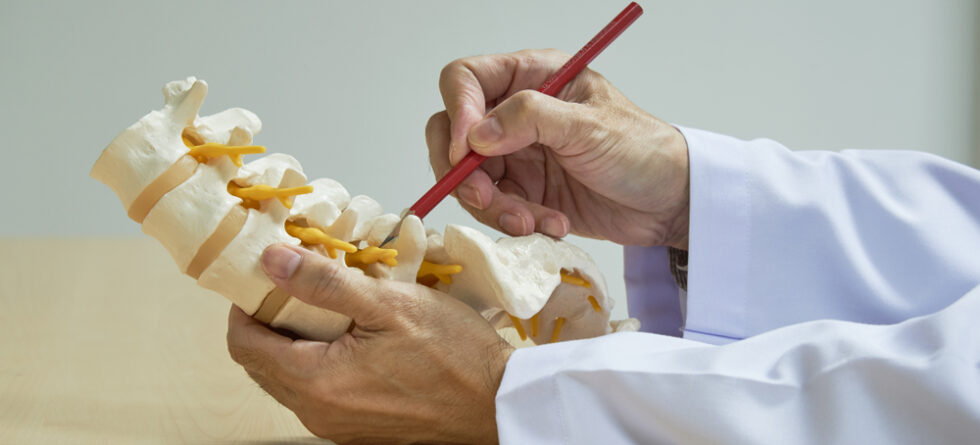L5-S1 pain refers to discomfort originating from the lowest lumbar vertebra (L5) & the top sacral vertebra (S1), a common site for disc issues & nerve compression. Fortunately, with the right approach, many people can manage or even resolve L5-S1 pain without surgery.
Common Causes of L5-S1 Pain
L5-S1 pain often stems from…
-
Herniated disc – When the disc between L5 & S1 bulges or ruptures.
-
Degenerative disc disease – Age-related disc wear that reduces cushioning.
-
Sciatica – Compression of the sciatic nerve, leading to radiating leg pain.
-
Spondylolisthesis – When one vertebra slips over another.
Effective Ways to Fix L5-S1 Pain
- Physical Therapy
One of the most effective non-surgical options, physical therapy strengthens the muscles around the spine, improves flexibility, & promotes healing. A physical therapist may incorporate…
-
-
Core stabilization exercises
-
Manual therapy
-
Posture training
-
Nerve glides for sciatic relief
-
- Pain Management Techniques
In the early stages, doctors often recommend…
-
-
Over-the-counter anti-inflammatory medications (e.g., ibuprofen)
-
Cold packs to reduce inflammation
-
Heat therapy to relax muscles
-
- Activity Modification
Avoid activities that strain the lower back, such as heavy lifting, prolonged sitting, or poor posture. Short, frequent walks & gentle stretches can ease pressure.
- Injections (if needed)
In more persistent cases, corticosteroid injections at the L5-S1 level can reduce inflammation & provide temporary relief.
- Surgery (as a last resort)
If conservative treatments fail, & pain significantly impacts quality of life, surgery like a discectomy or spinal fusion might be recommended.
When to See a Specialist
Seek help if you experience…
-
Pain radiating down your leg
-
Numbness or weakness
-
Loss of bladder or bowel control (seek emergency care)
At Physical Therapy by Phoenix, we offer customized, non-invasive treatments to manage L5-S1 pain effectively & naturally.
Location – 1839 E. Independence, Ste R, Springfield, MO 65804
Phone – (417) 708-5174
Website – ptphoenixspringfield.com




